
Tin-Based Opacified Glazed Wares
One of the earliest, most significant, and widespread ceramic technologies to emerge after the advent of Islam, this project explores the origins and development of tin-opacified glazes across West and Central Asia, and their continuation into Europe after the thirteenth century.
Materials: Aqaba (Oriental Institute, Chicago); Raqqa (Museum für Islamische Kunst, Berlin); Al-Mina (Victoria and Albert Museum, London); Samarra (Victoria and Albert Museum, London and Museum für Islamische Kunst, Berlin); Susa (Louvre Museum, Paris); Basra (Metropolitan Museum of Art, New York); Nishapur (Metropolitan Museum of Art, New York); Merv (Metropolitan Museum of Art, New York); Samarqand (Victoria and Albert Museum, London).
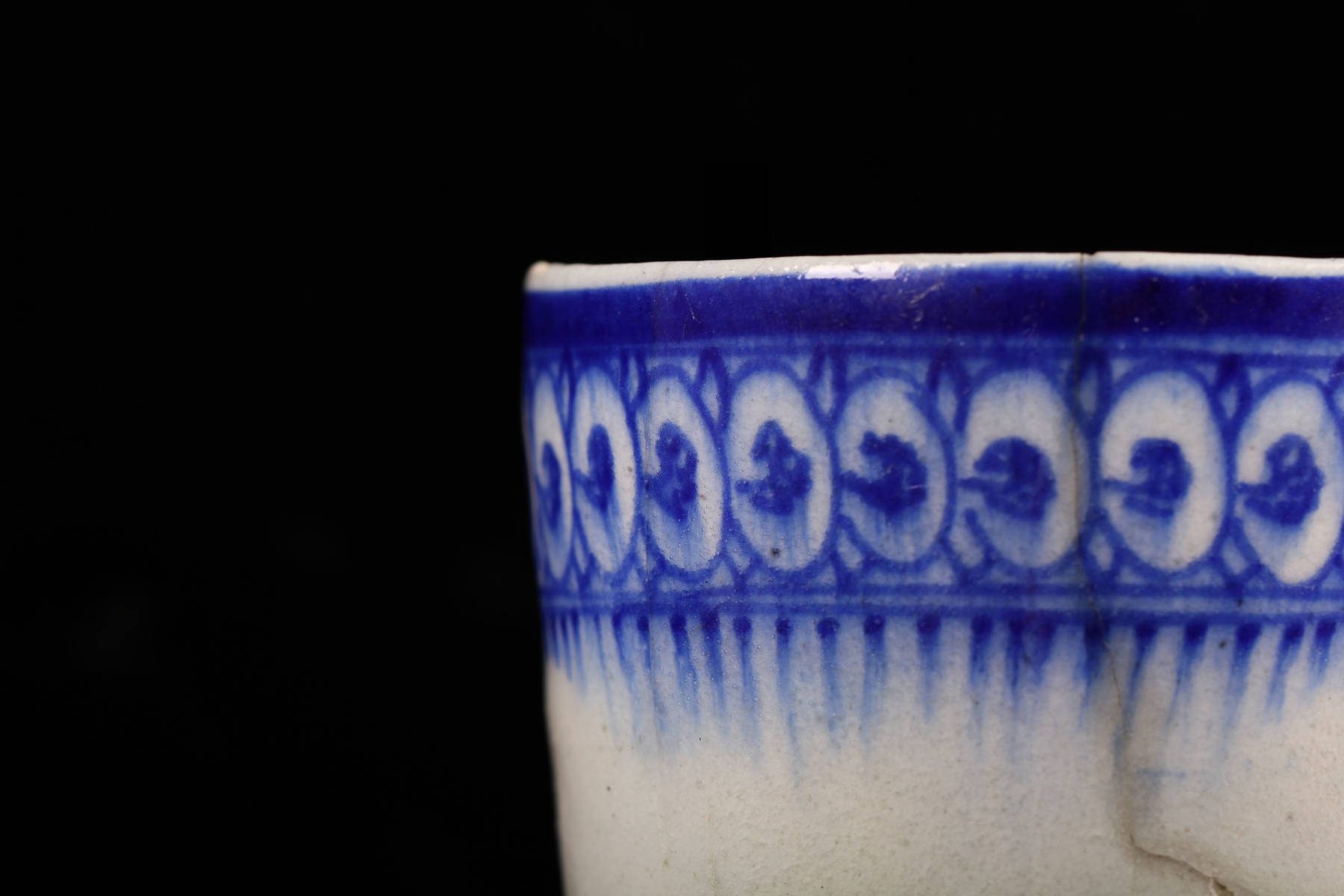
Cobalt Blue Pigment
One of the key commodities traded along the so-called Silk Roads, cobalt blue pigment from Kashan, Iran, was used both in the ceramics of the Islamic world and in Chinese blue-and-white porcelain during the Yuan and early Ming dynasties. This project surveyed the mine, studied its history, ores, and pigment, and explored its subsequent use in ceramics before and after the Mongol period in the region.
Materials: Cobalt ores from the mine in Kashan, Iran; comparison studies with legacy data on cobalt pigments used in the ceramics of the Islamic world and blue-and-white porcelain of China.
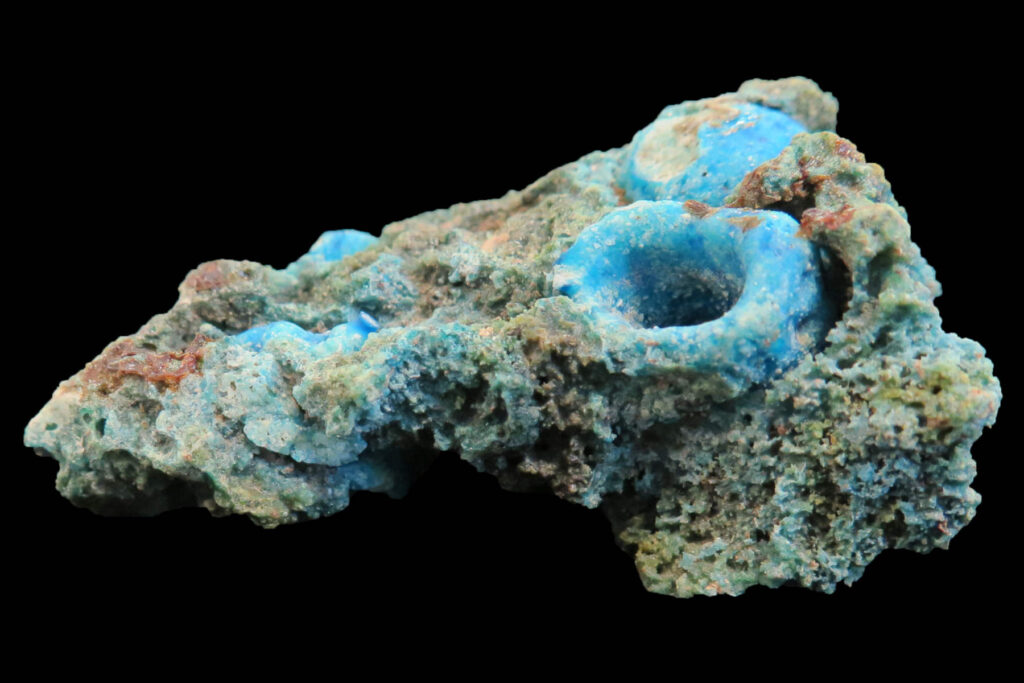
Early Vitreous Materials
Through replication experiments and SEM examination and analysis of both replica and archaeological samples, this project investigates the development of early glazed stones and the so-called Egyptian faience in the Near East and Egypt, as well as its possible cross-technological links with the development of copper smelting in the region.
Materials: Replica samples of early glazed stones and Egyptian faience; waster Egyptian faience samples possibly from near Fustat (Ashmolean Museum, Oxford, and Victoria and Albert Museum, London).
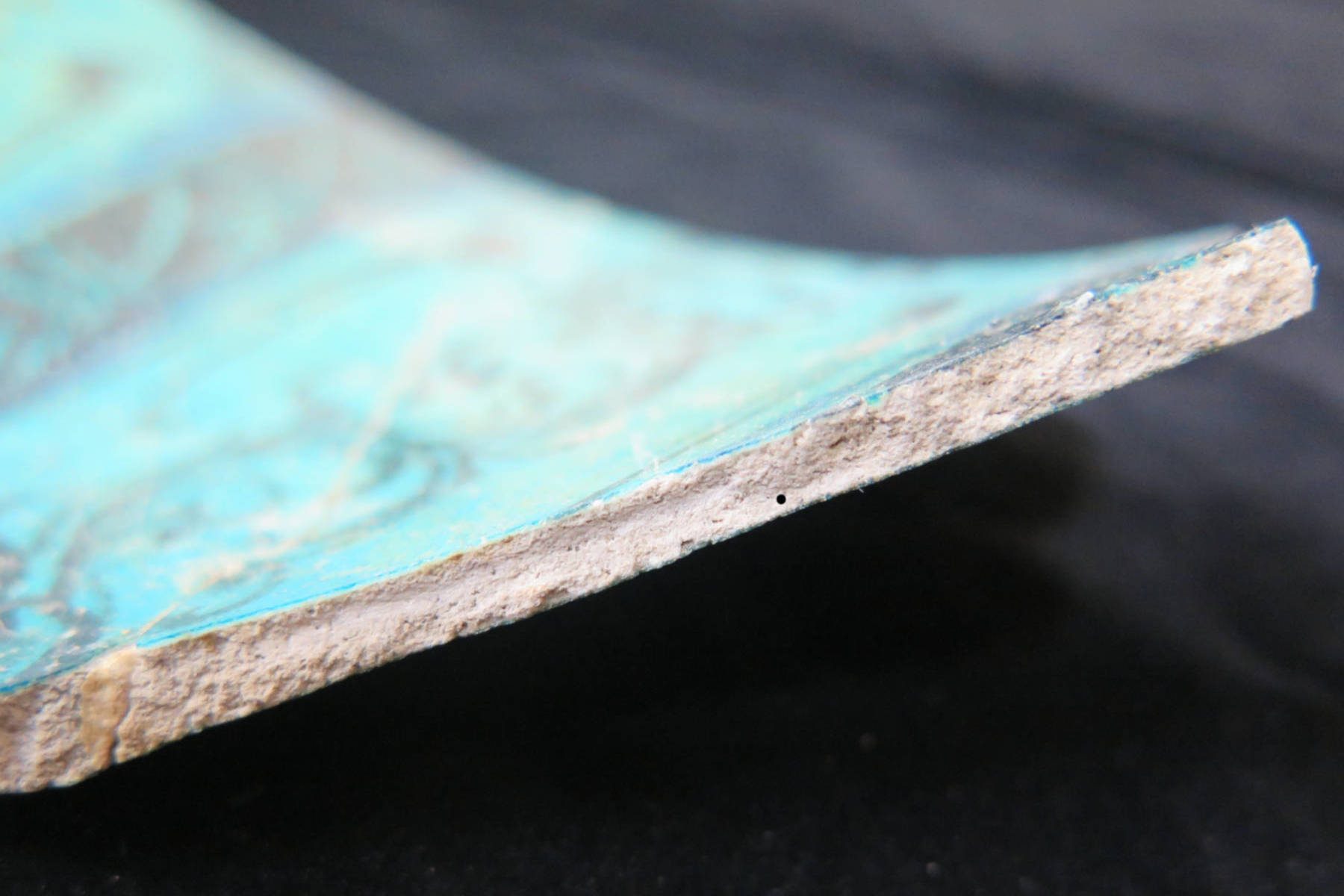
Stonepaste (Fritware)
This project explores the origins and development of stonepaste — an artificial siliceous ceramic body invented in the Islamic world during the eleventh and twelfth centuries, essentially to imitate the whiteness and fineness of imported Chinese porcelain. It went on to become one of the most dominant ceramic technologies in the region.
Materials: Fustat (Victoria and Albert Museum, London); Moshkin Tepe (from site).

Nineteenth-Century Qajar Ceramic Production Technology in Iran
The Qajar period marks a time of flourishing political, social, and cultural relations between Iran (Persia) and Europe. This project explores the impact of these connections on the development of new technologies used in glazed ceramics, as well as the history of craftspeople, their treatises, and the translation of European ceramic treatises into Persian.
Materials: Ettehadieh House Complex (from site)
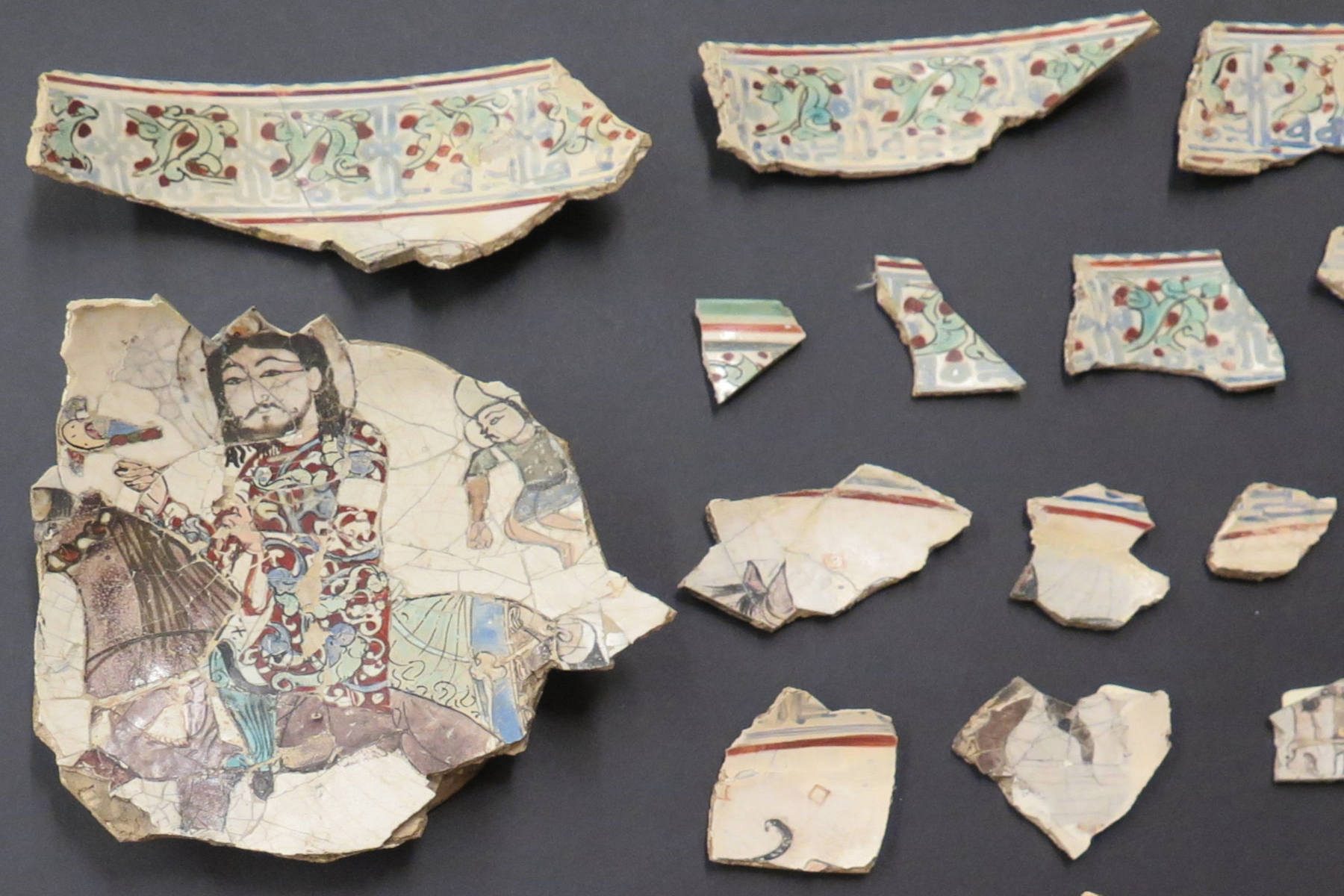
Mina’i Enamelled Persian Ceramics
Mina’i refers to a pre-Mongol ceramic technology involving the overglaze application of pigments onto glazed surfaces. This project explores the wide range of pigments used on these ceramics, as well as their stonepaste bodies and the possible transfer of this technology beyond Persia.
Materials: Possibly from Kashan and Fustat (?) (Victoria and Albert Museum).
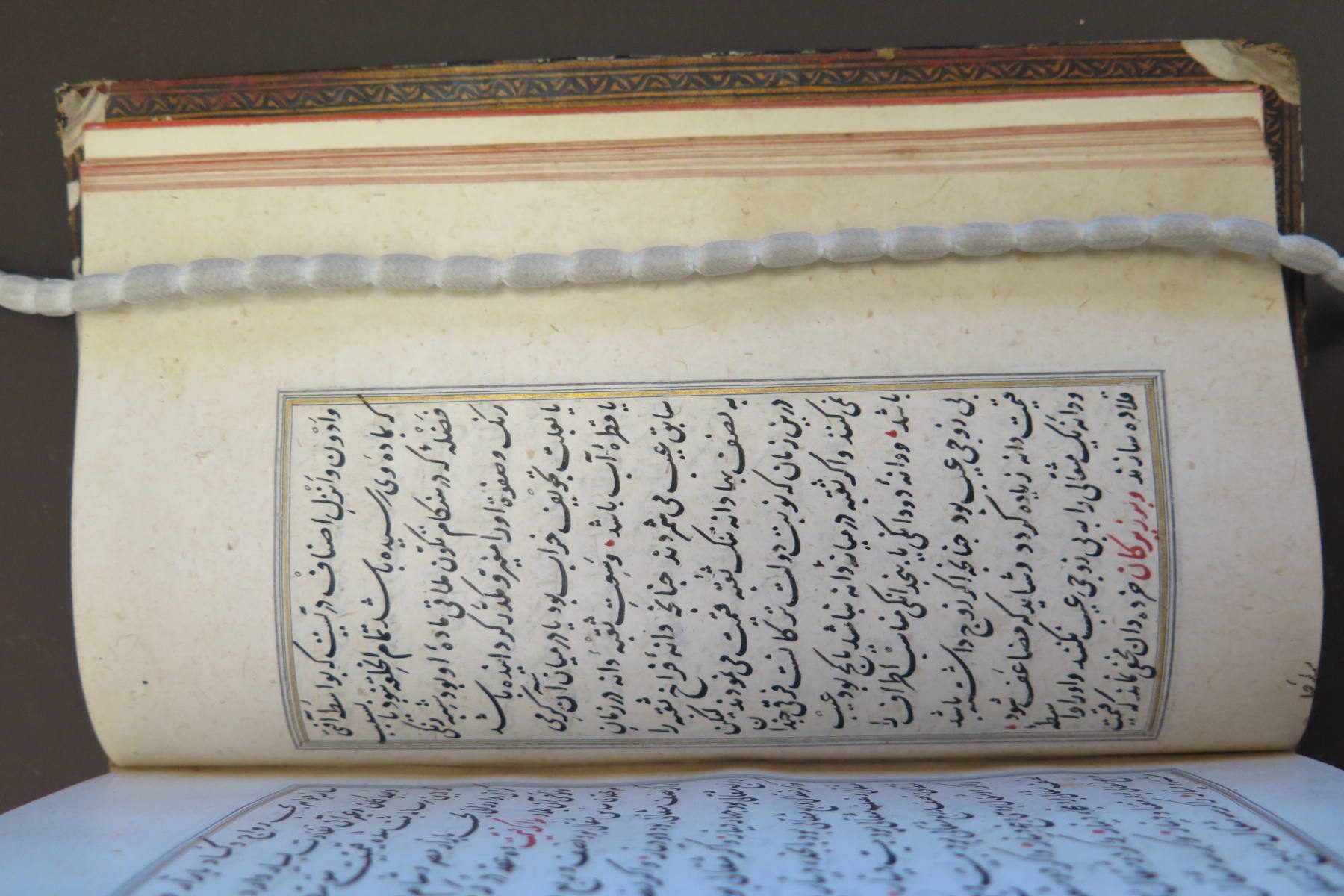
Historical Scientific Manuscripts
I am interested in the study of historical scientific manuscripts — though not always available or surviving — and the key technical and ethnographic information they provide on the production of archaeological and art historical materials.
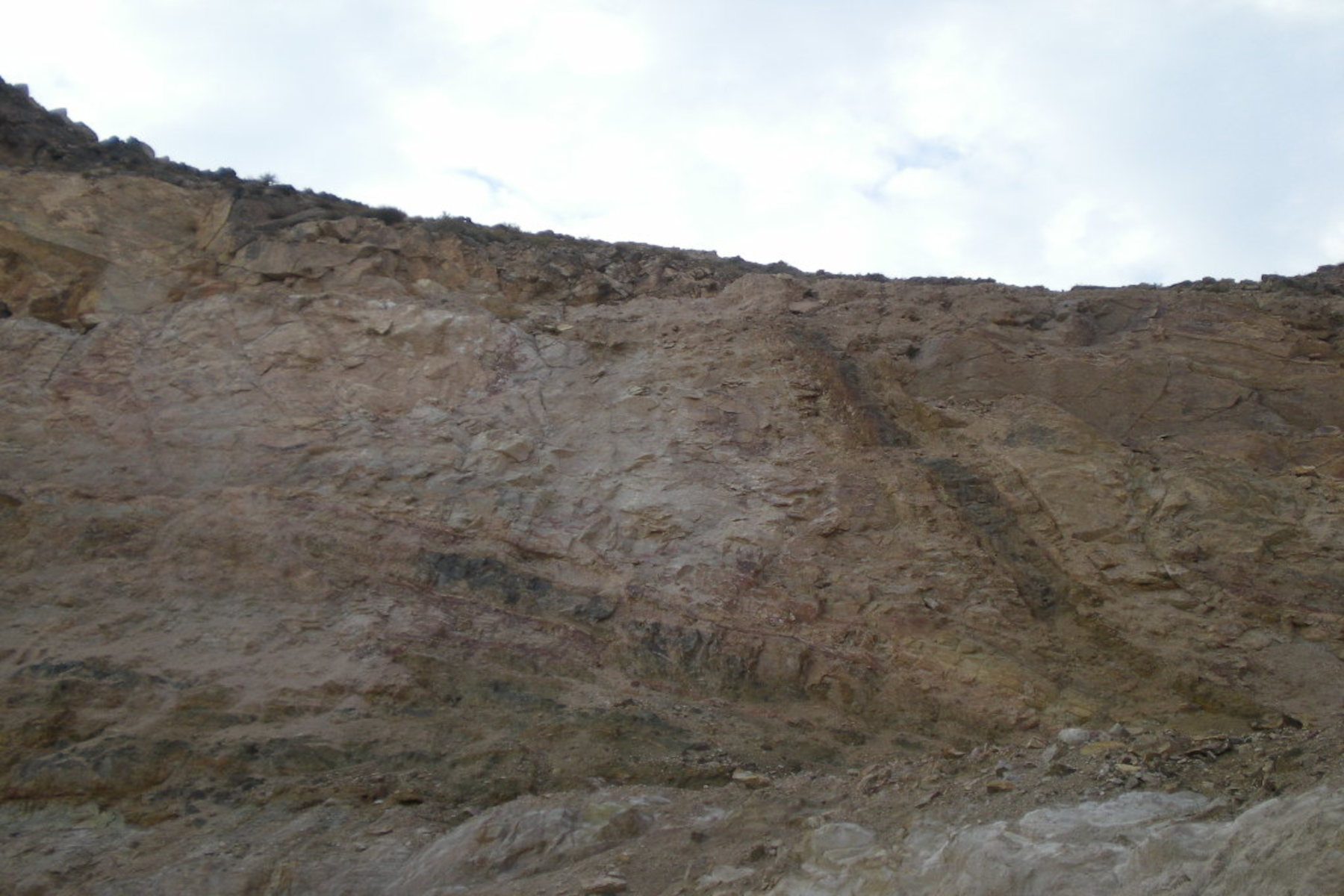
Archaeomining
I am interested in the study of raw materials and pigment ores used in ceramics, as well as in glass and metalwork. Through the surveying of mines and quarries and the subsequent analysis of ores, my projects aim to shed light on the processes involved in the production of art objects and the craftspeople behind them.